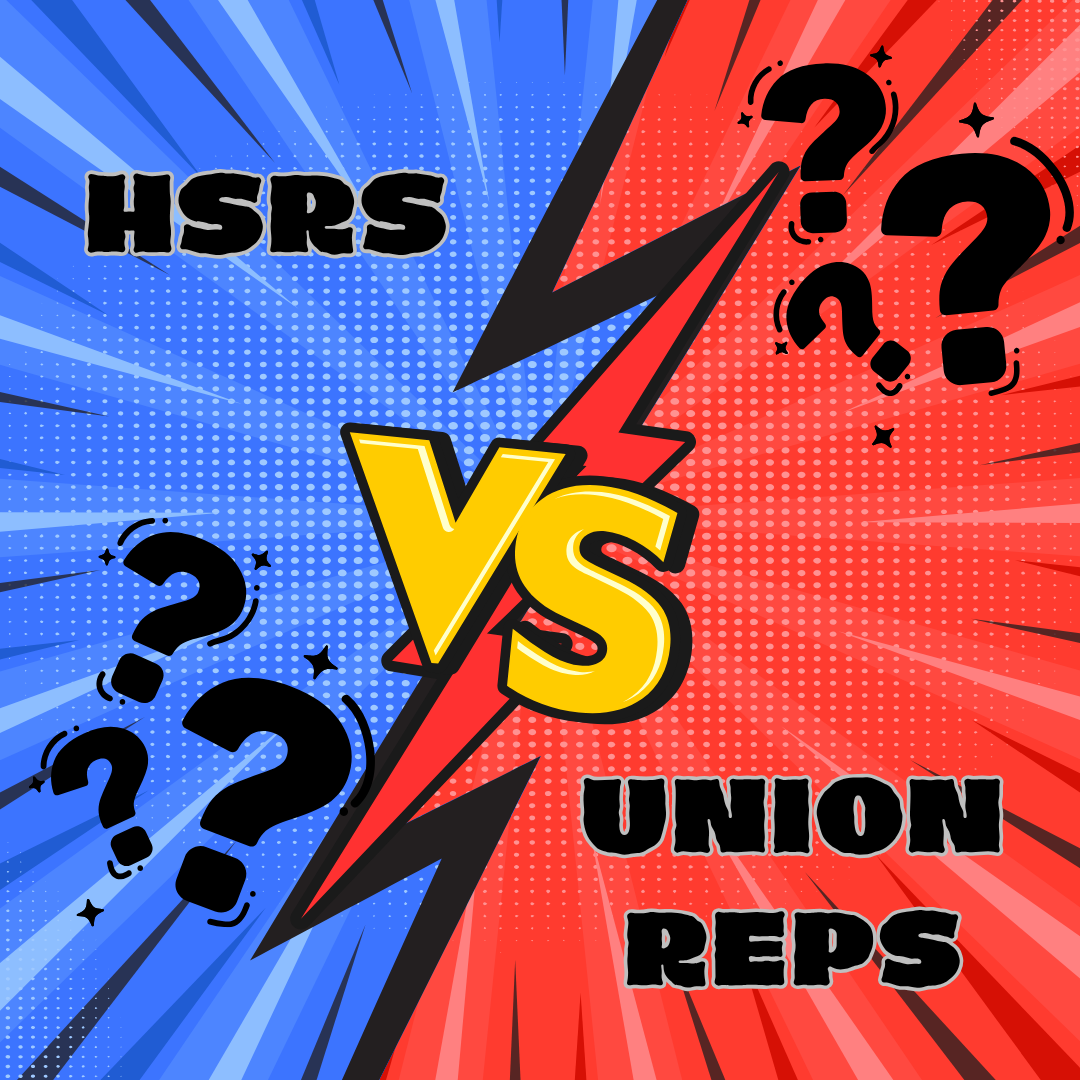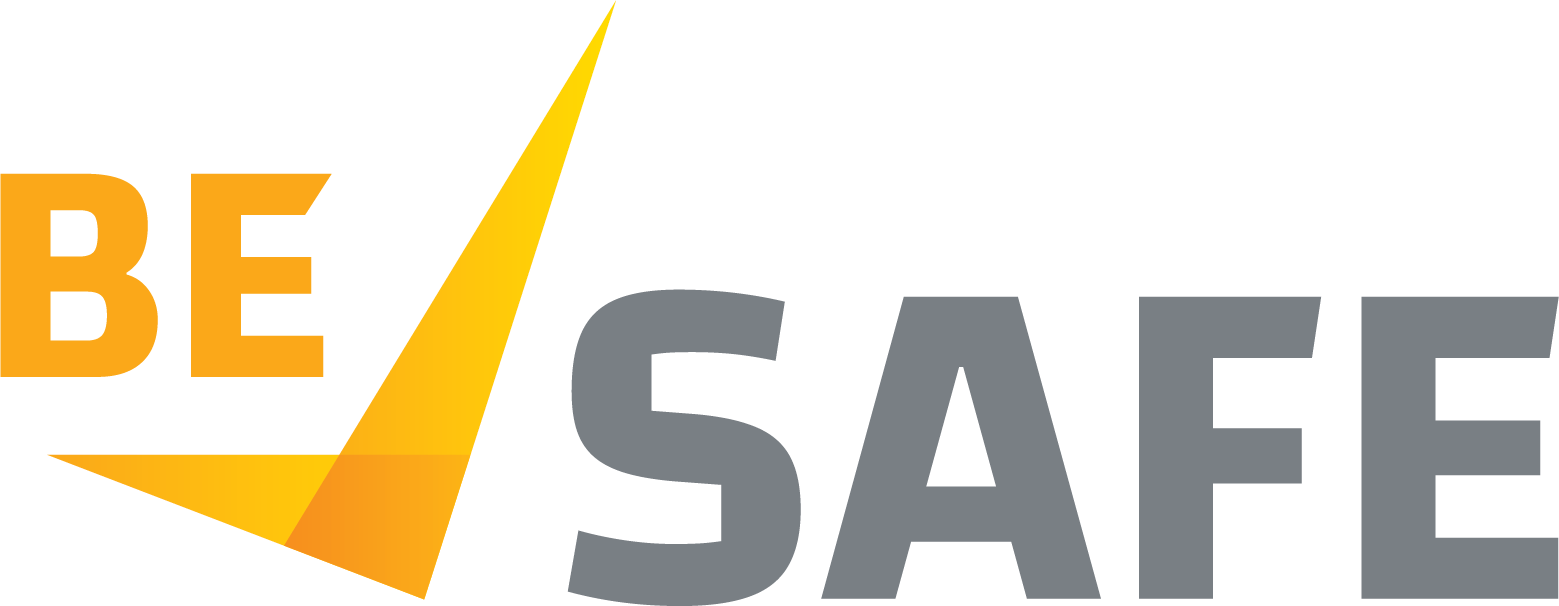By admin
•
December 1, 2025
On 12 th December 1882, Creswick became the location of a mining disaster which holds, to this day, the record for the deadliest mine disaster in Australia’s history. There were 41 men who were on shift on the night of the 11 th December working in the New Australasian No.2 Gold Mine. They descended 250 feet (76m) from the surface and then made their way a further 2000 feet (600m) to the face where they were mining. It was at 5.30am the next morning when a working shaft came too close to an older flooded parallel shaft – resulting in water flooding into the newer working part of the mine. 27 miners became trapped, but were able to reach a small air pocket in a space known as the No.11 jump-up. Here they stayed trapped for 2-3 days. They wrote messages on their crib pails to their families and sang together and prayed. The rescue mission involved 2 days of frantic pumping of the floodwaters and Navy divers hurried from the ship HMVS Cerberus to help. By the time they were reached, after 3 days, 22 men had succumbed to the rising water levels and drowned. Only 5 of the 27 made it out alive. When the funeral was held, there were many thousands in attendance – 400 people marched in the procession and another 15,000 onlookers lined the streets. At this time there was no such thing as workers compensation to help the 18 wives and 63 children who were left behind. So, the community set up a relief fund to assist the families. This would be the birth of workers compensation in Australia. The Creswick Mine Disaster highlighted the need for better safety regulations in mining operations. It would remain the largest loss of life in a workplace incident in Australia for nearly 90 years, when The West Gate Bridge Collapsed in 1970. For more information on the Creswick Mining Disaster Australasian Mining Disaster | Creswick Museum List of the Dead Christian Frederick Fisher (55) Wittenburg, Germany James Carmoody (53) County Clare, Ireland George Baulcomb (52 & 10 months) Maidstone, Kent, England Nathaniel Trescowthick (45) Cornwall, England Michael Hayes (45) Ireland John Gower (44) Lyminge, Kent, England William Curtis (42) Gwennap, Cornwall, England James Minahan (38) County Clare, Ireland William Tregloan (37 & 6 months) Marazion, Cornwall Edward Campon Dargon (36) Kilkenny, Ireland Anton Andersson (36) Christianstada, Finland John Henry Crougey(35) Stithians, Cornwall, England James Mitchell Temby (35) Redruth, Cornwall, England James O’Shea also known as James Walsh (34years & 11 months) County Waterford, Ireland Carl Waldemar Theodor Serrurier (34) Berlin, Prussia Thomas Penbertha Chegwin (31) Redruth, Cornwall, Ireland Abraham Wyatt (31) Adelaide, South Australia Jabez Bellingham (28) Worcestershire England Benjamin Bowen Bellingham (21) Happy Valley, Victoria. John Tom Clifton (27) Gainsborough, Lincolnshire, England Edward Wood (26) Oldham, Lancashire, England John Thomas Hodge (18) Creswick Survivors Peter Maloney John Manley died 25/1/1924 Tom Corbett died 31/5/1935 Creswick Cornelius Quirk died Feb. 1922 Milawa Patrick Bowen died 26/3/1909 Creswick




